Marketers have an infuriating habit of presenting piles of statistics, as if in and of themselves they mean something. There is a dizzying array of marketing metrics a business could review, from open rates, click-throughs, bounce rates, page views, dwell time, mentions, Likes, Pins, etc. These are all things you can count. They may even give you a sense of where someone is in their buying decision. But, they are not outcomes, and should not be represented or interpreted as such.
What does an isolated metric actually tell you?
An email click-through rate, for example, tells you that someone read an email and went to a web page. It doesn’t tell you that these were the right people, or that they read the web page, or that they went any further. Presenting such metrics as if they are real results is like using a thermometer to tell you what tomorrow’s weather will be.
What’s missing here is a predictive element. At its most stark, I would argue that for a marketing metric to be worth knowing it needs to give you an indication that people are moving towards buying something. There are other uses of various stats, like highlighting areas for design improvement, determining the best timing for an activity, or the effectiveness of one creative route over another, for example. But, at a business level, what you’re looking for is a way of visualising the volume and movement through the buying journey, and then tying that to an ultimate financial outcome.
Three elements of a robust measurement framework
An isolated metric can never tell you anything of strategic value. You need a framework that comes together to give you the bigger picture. These are the three key things to build into a powerful measurement framework for your business:
- Volume: Key performance indicators (KPIs) for each step
- Movement: Progression from one step to the next
- Outcome: Return on investment over the whole journey
Let’s take the scenario I use throughout Watertight Marketing of a busy solopreneur choosing to retain the services of a Virtual Assistant, and run this through. Here’s how I’ve drawn their metrics visually.
Step one: Find a key volume metric (or a few) that indicates where someone is in their buying decision.
Taking our VA company as an example…
- Awareness: They use three key awareness-driving techniques: social media, offline networking, and public relations. Their key metric for whether this is working is number of unique visits to their website each month.
- Interest: They’ve decided that someone who stays on their site for longer than three minutes is interested in what they offer.
- Evaluation: They count visits to case study or product pages as someone evaluating their offering,
- Trial: Attendance at their monthly webinar is counted as a mini trial.
- Adoption: From the webinar they promote a paid month’s productivity audit.
- Loyalty: They aim to convert people on the audit to ongoing monthly contracts.
Step two: Determine or set goals for the volume at each as a percentage of the last.
By looking at the volume of one step as a percentage of the step before you get to a metric that shows the progression from one stage in a buying decision to another. These are ofter referred to as conversion rates, i.e. how many people do you convert from one step to the next.
When you have these two key elements, it can become predictive. For this you need the additional element of timeframe. When you’ve established the duration over which people typically make their decision, you can run these metrics horizontally.
In this example, here each marketing tool is doing its job well and the conversion rates are being hit, you could predict that if you saw 1000 unique visits in month one you could reasonably expect to see two additional loyal customers in month six. It’s this timeframe element that’s often missing from many measurement frameworks, and it can lead to the premature decisions about the effectiveness of some techniques, that necessarily need time for the results to be evident. If you’re confident in your indicators, you can use them as temperature checks to see that things are going in the right direction, even if an actual sales result is yet to materialise.
Step three: Work out the profitability of a loyal customer
The final piece of the jigsaw is to know how much those loyal customers are worth. And, I will cover exactly that in my next post.
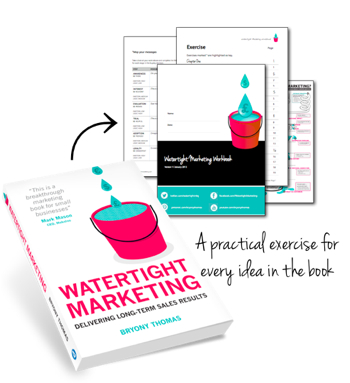 A fully worked example and comprehensive worksheets to guide you step-by-step through creating this framework for your business is available for FREE when you register your copy of Watertight Marketing.
A fully worked example and comprehensive worksheets to guide you step-by-step through creating this framework for your business is available for FREE when you register your copy of Watertight Marketing.
© Bryony Thomas – The Watertight Marketer

Bryony Thomas
Author & Founder, Watertight Marketing
Bryony Thomas is the multi-award winning creator of the Watertight Marketing methodology, captured in the best-selling book of the same name. Bryony is a popular professional speaker for entrepreneurial audiences. Bryony's impressive career includes heading up the Microsoft account in the UK aged 26, and securing the role of divisional director of marketing for FTSE 100, Experian, aged 28.

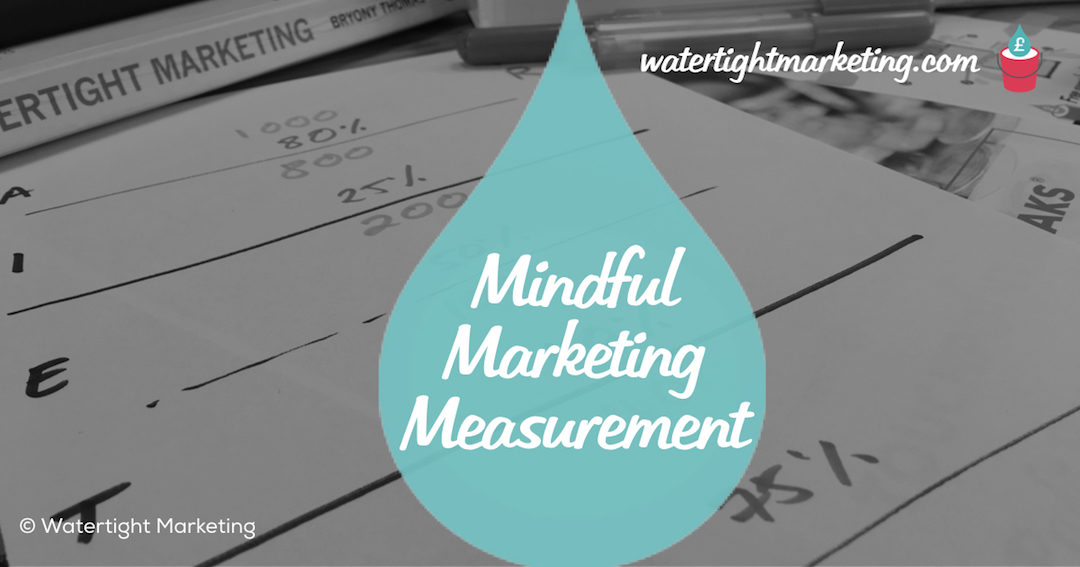
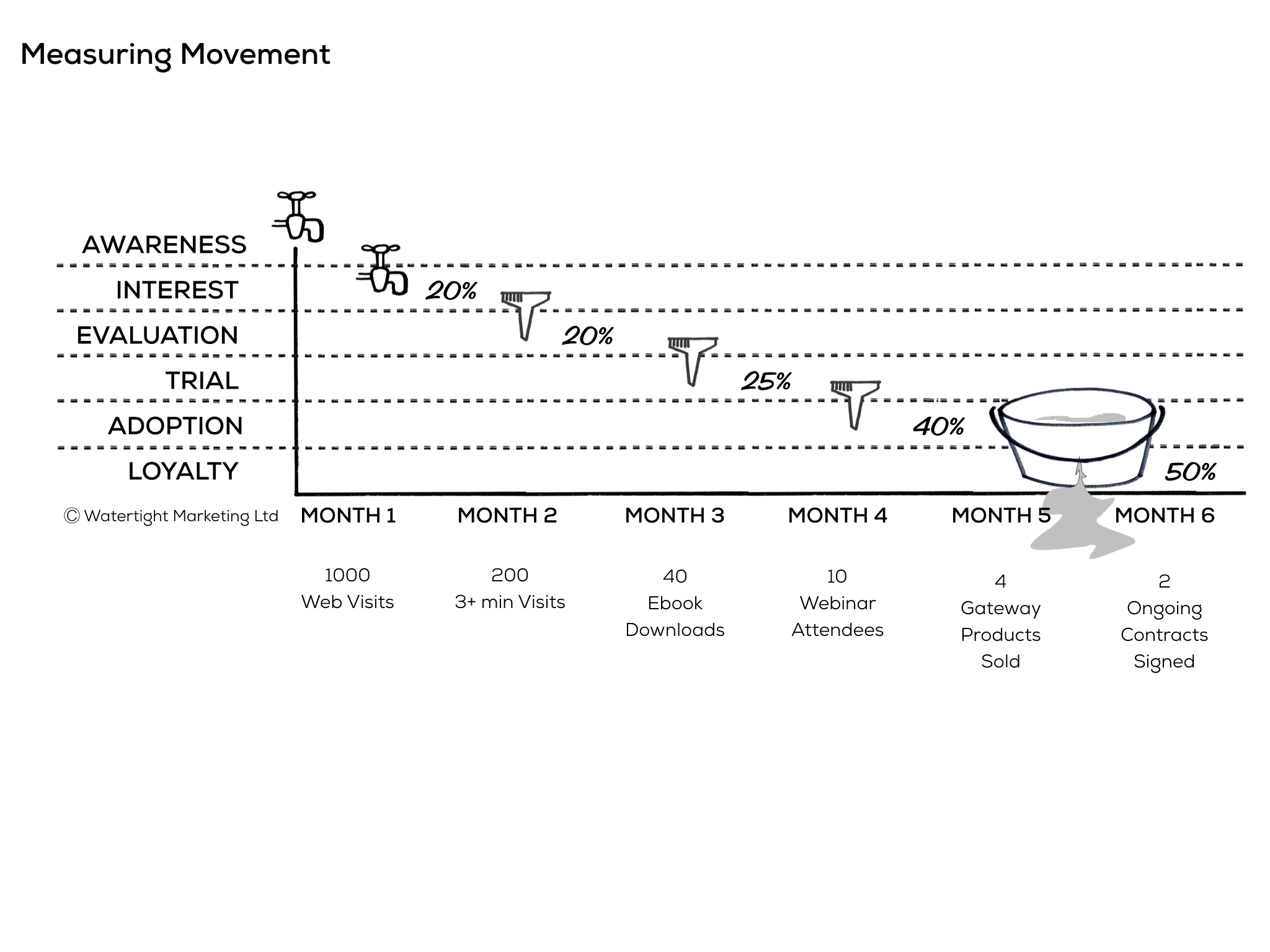
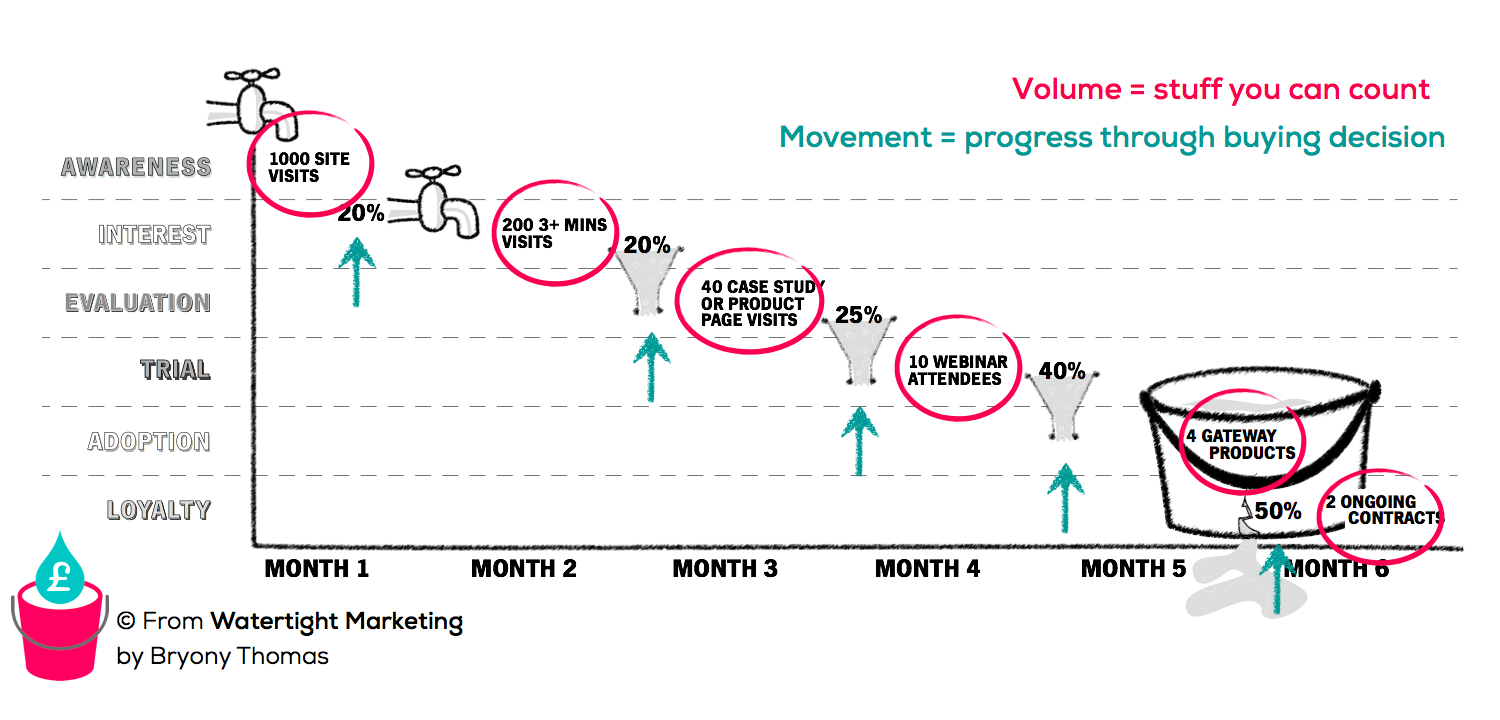
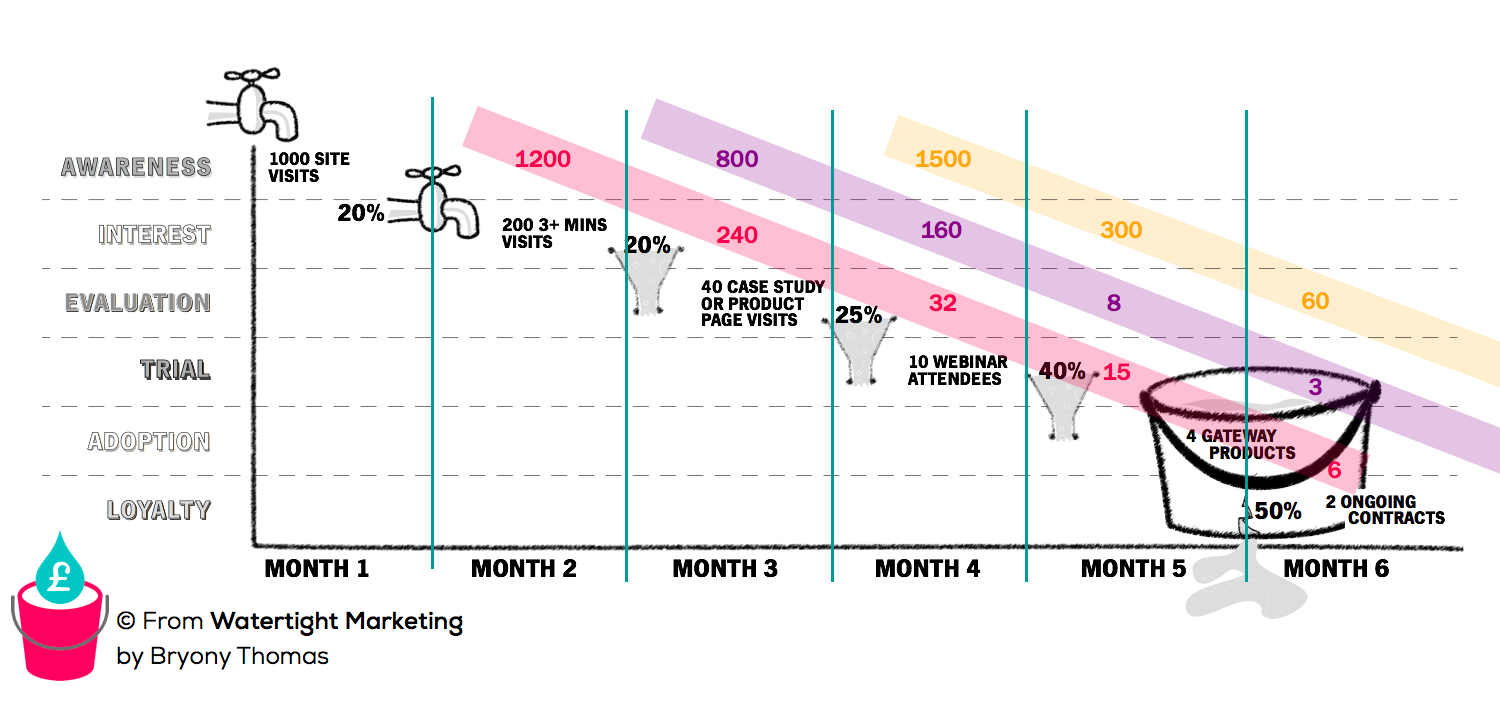

Trackbacks/Pingbacks